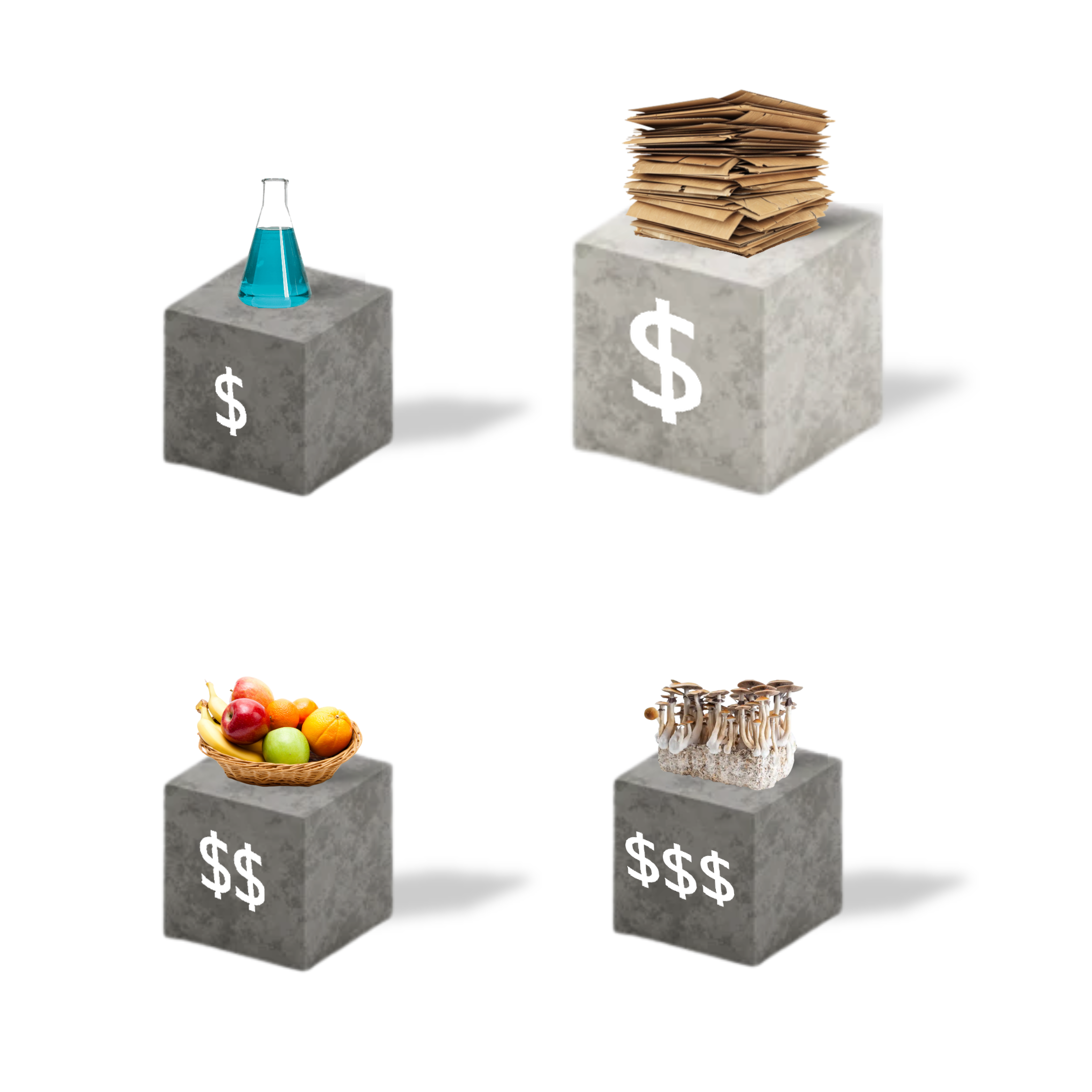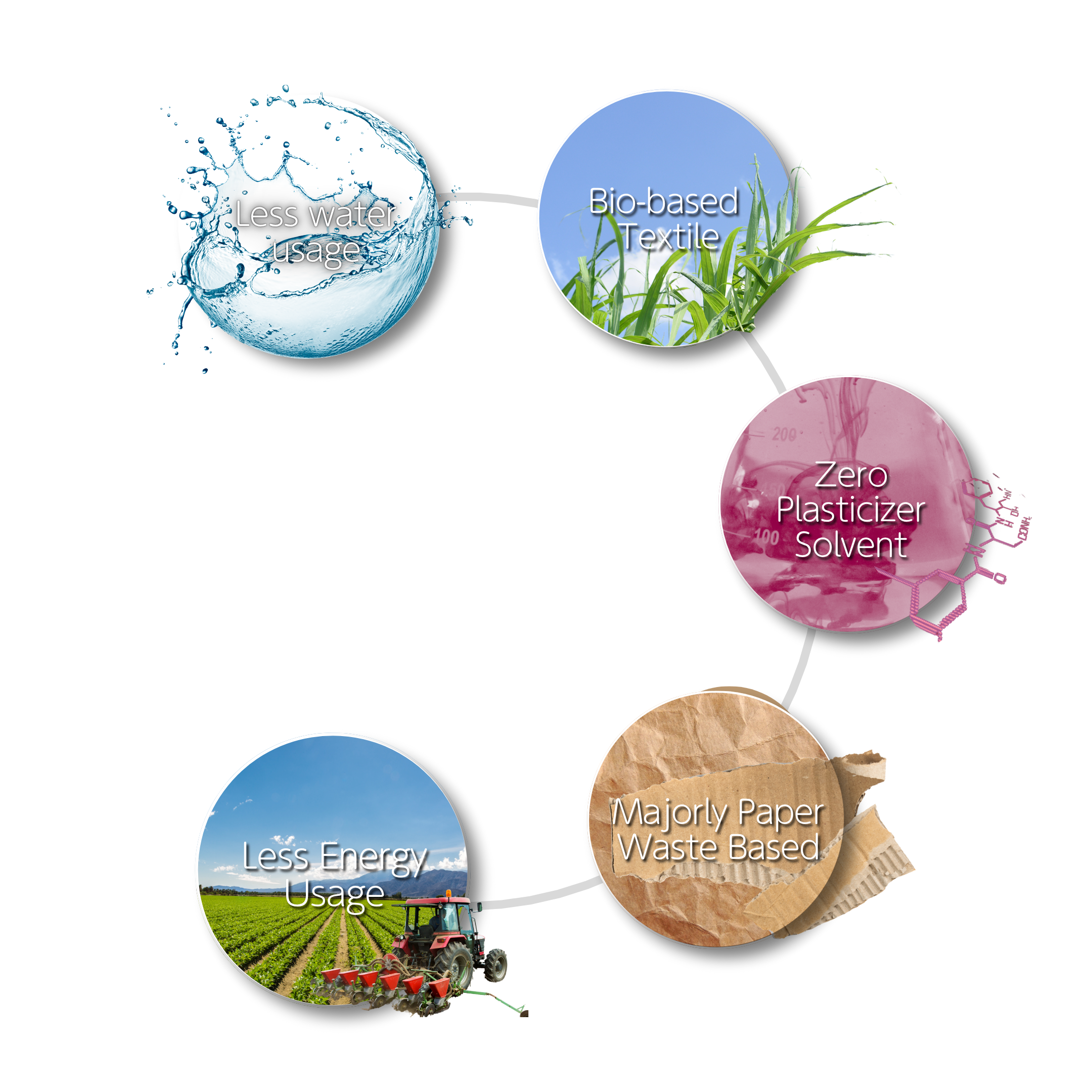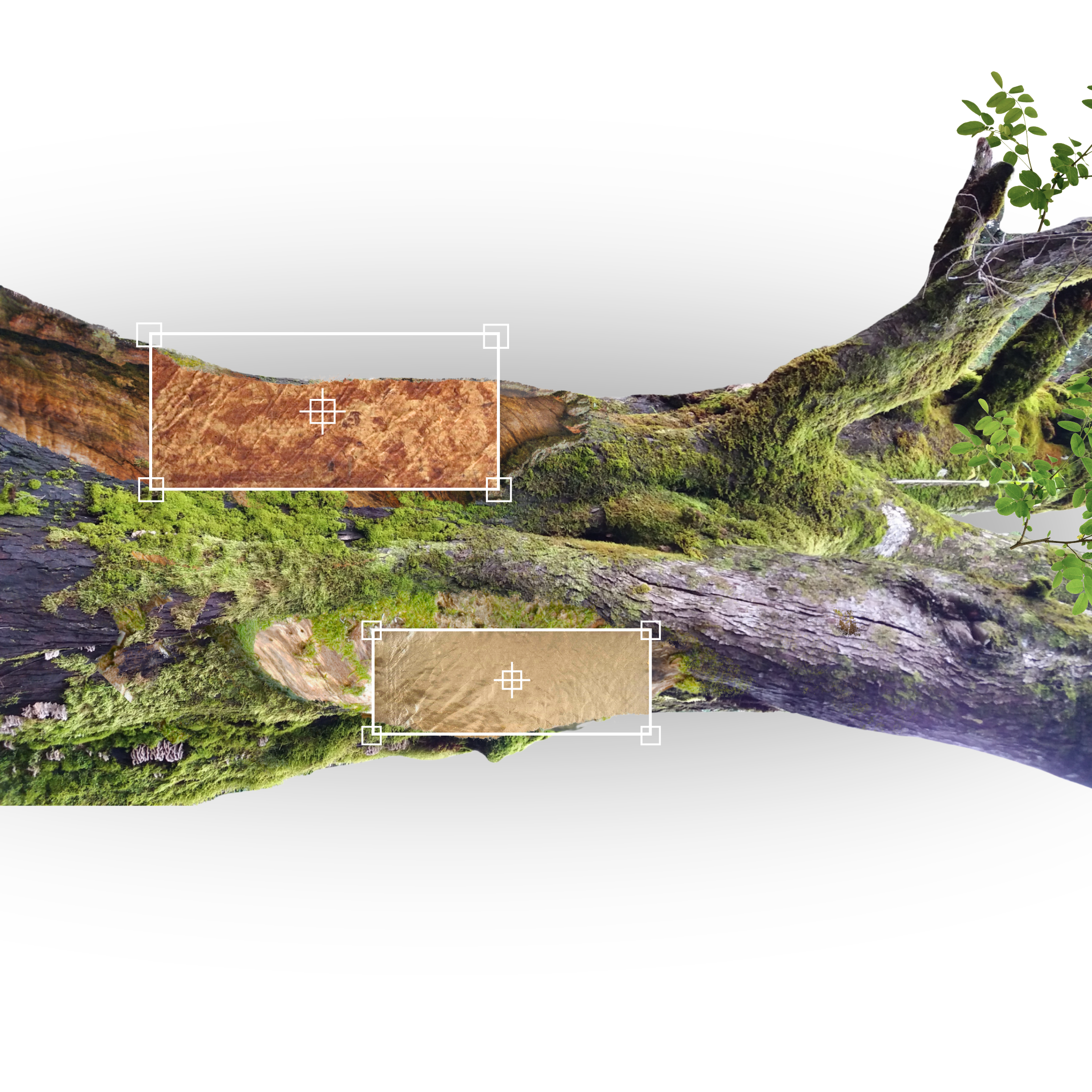The Environmental Problems
Key Benefits

About 60% more affordable than existing plant-based or bio-engineered leather
Economical
Economical
Economical
Economical
Economical
Economical
Economical
Economical
Economical
Economical
Economical
Economical
Economical
Economical
Economical
Economical
Economical
Economical
Economical
Economical

Upcycled waste instead of growing new virgin material like all competitors, reducing the ecosystem’s burden. Due to the choices of ingredients, our material is more biodegradable too.
Ecological
Ecological
Ecological
Ecological
Ecological
Ecological
Ecological
Ecological
Ecological
Ecological
Ecological
Ecological
Ecological
Ecological
Ecological
Ecological
Ecological
Ecological
Ecological
Ecological

We do not imitate animal leather, we elevate nature and give an eco-material look at one glance.
Eco-Visual
Eco-Visual
Eco-Visual
Eco-Visual
Eco-Visual
Eco-Visual
Eco-Visual
Eco-Visual
Eco-Visual
Eco-Visual
Eco-Visual
Eco-Visual
Eco-Visual
Eco-Visual
Eco-Visual
Eco-Visual
Eco-Visual
Eco-Visual
Eco-Visual
Eco-Visual

ROYO is a material with rich stories. ROYO incorporates two traditional crafts, Japanese Momigami (揉纸) and Chinese oil-paper making (油纸), to transform waste cardboard into a flexible, leather-like material. Inspired by Momigami technique, ROYO softens and strengthens the paper fibers, while oil-paper methods add water resistance and durability.
Traditional Crafts
Traditional Crafts
Traditional Crafts
Traditional Crafts
Traditional Crafts
Traditional Crafts
Traditional Crafts
Traditional Crafts
Traditional Crafts
Traditional Crafts
Traditional Crafts
Traditional Crafts
Traditional Crafts
Traditional Crafts
Traditional Crafts
Traditional Crafts
Traditional Crafts
Traditional Crafts
Traditional Crafts
Traditional Crafts



